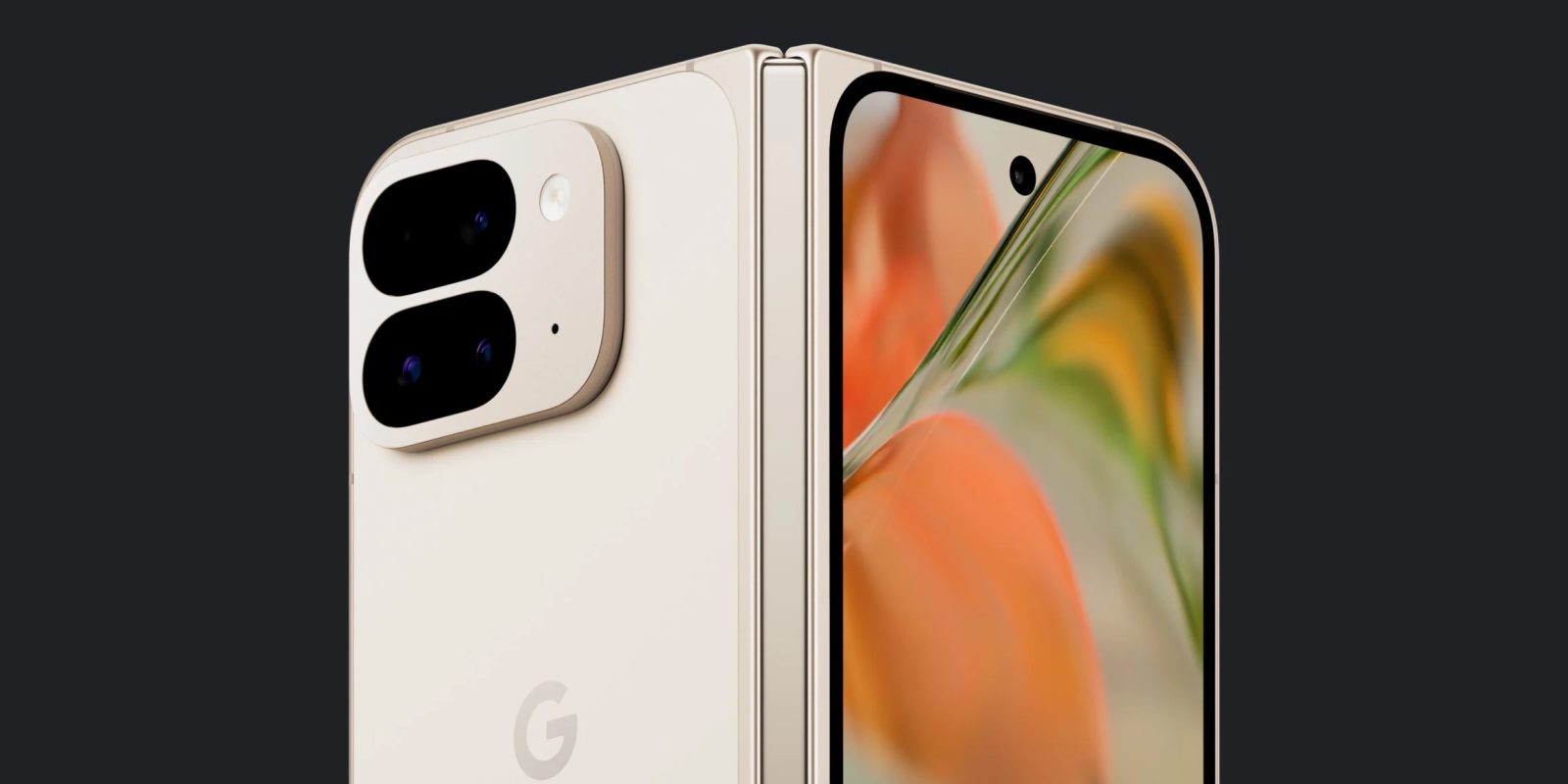
As more information becomes available on Google’s next foldable, it becomes clear that the company will not equip the Pixel 9 Fold with its best camera sensors. Even still, it’ll probably going to be the best foldable for taking pictures – for a number of reasons.
Since Google reimagined the Pixel lineup, it has come with several groundbreaking changes. Those have warranted an attitude shift towards the manufacturer, setting them on the podium of hardware OEMs in the Android space. One of the main reasons for this is what the company has been able to do with its camera setups, even if they aren’t technically the best.
Google doesn’t develop camera sensors in-house. The company uses some of the same sensors found on some of Samsung’s devices, and the brand even manufactures some. The most recent Pixel 8 Pro utilizes a Samsung GNV sensor, and for all intents and purposes, photos from most Pixel devices look tremendously better than what Samsung can come up with.
That result comes from how Google processes photos once the shutter button is tapped. The Tensor SoCs in the latest models pull a lot of weight in bringing out detail without over-processing an image. Resulting photos have a natural look that’s often hard to come by in phone photography.
Why the Pixel 9 Pro Fold will still be a camera king
From the information available, it looks like the Pixel 9 Pro Fold will house a 48MP primary camera sensor with an accompanying 10.5MP ultrawide and 10.8MP telephoto lens – essentially the same specs as the Pixel Fold.
That array does not inspire confidence. This is especially the case when you compare it what the Pixel 9 Pro and Pro XL are set to carry – a 50MP main sensor, 48MP ultrawide, and 48MP telephoto. The difference in performance, on paper, couldn’t be more significant.
As a reminder, the Pixel 9 Pro Fold is set to start at around $2,000. Conversely, the Pixel 9 Pro XL is looking to start at around $1,100. Neither of those prices we want associated with the Pixel lineup, but it shows the disparity between the two devices. So, for some reason, Google is looking to equip a phone that is around $700 more expensive with worse sensors.
You can argue that the hardware cost is a significant factor, and most are inclined to agree. It does seem like an oversight to fit the more expensive device with lower-end gear, though.
Still, I’m convinced the Pixel 9 Pro Fold will take some fantastic pictures. I say this in comparison to other foldables on the market. By the time the Pixel 9 Fold is released, there likely won’t be any other foldable introduced, leaving the OnePlus Open and the new Galaxy Z Fold 6 to compete.
As it stands, the Galaxy Z Fold 6 will likely not be able to match the Pixel 9 Pro Fold in terms of photo quality. In our review, Ben Schoon noted that the cameras are just bad, hands-down. The OnePlus Open, however, takes on the job quite well and could give the Pixel 9 Pro Fold a run for its money. If OnePlsu were to introduce a foldable before or around the same time as the Pixel 9 Pro Fold, I could see heated competition.
It’s hard to imagine that a foldable that’s a year old will be able to compete with a Pixel using a Tensor G4 SoC, but it wouldn’t be impossible. Even the original Pixel Fold, with its 48MP main sensor, hoots better than most foldables. Bring in the fact that this edition of the Fold will include Google’s latest chip, and things look even better.
Google’s photo post-processing is dominant, no matter what sensors are in use. Google doesn’t have a track record of shoving the newest camera sensors into phones, yet it retains the title for best Android cameras. The Pixel 9 Pro Fold is likely to keep that going, even if it packs a measly 10MP ultrawide and telephoto lens among a 48MP main shooter.
What do you think? Will the Pixel 9 Pro Fold reign as the best folding camera phone on the market? Leave a comment and let us know your thoughts!
FTC: We use income earning auto affiliate links. More.


Comments